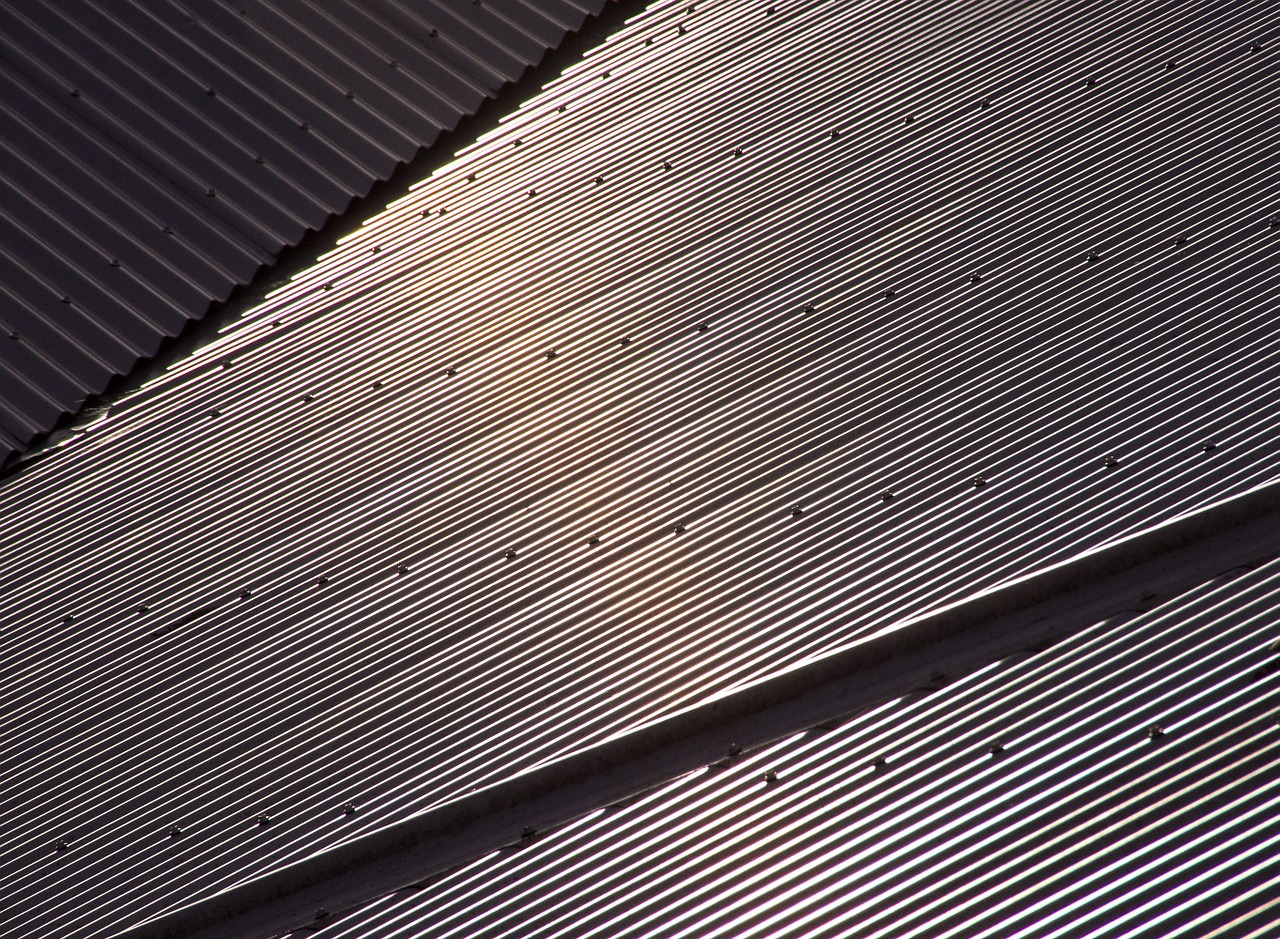When building your house, roofing is one of the most crucial phases. It is not only about the material but the colors make a huge difference when it comes to the performance of your roof. The right colors can save energy and may also have a positive impact on the mood of the people. Light colors are traditionally considered good for roofing but is it really the case?
Let’s dig down deeper and find out what new studies and researches have to say…
Light or Dark?
The recent reflective pigment technology has bee in favor of dark colors in roofing. According to this technology the dark colors can meet the Energy Star standards requirement for sunlight reflectivity. Having said that, brighter colors like gray, white, etc will still out perform the dark colors. So, want to save more of electricity bills? Go bright!
What’s a Thermal Break?
A thermal roof break refers to a roofing structure where there is gap between the outer metal and the deck of the roof.
This gap helps the transfer of heat from the metal to the roof deck. During hot days, the roof may get warm but the roofing inside stays comparatively cooler due to the gap.
Recent studies have proved that thermal break proves more efficient in bringing down the air conditioning bill as compared to reflective colors.
Some Numbers
Let’s talk about different colors and their reflectivity percentage. White color has 65% reflectivity while a little darker shades of white like off whit, taupe and gray reflects 45% of the sunlight – provided they are made from reflective pigments. Black, dark browns and dark grays with reflective pigments reflect 25 – 30% of heat, which meets the official Energy Star requirement for metal roofing.
Dark colors without reflective pigments reflect only 3 – 7% of sunlight and thus don’t pass the Energy Star requirement for metal roofing.
Benefits
A highly reflective roofing design can save as much as 30% on the electricity bills in summers. With attic ventilation and thermal breaks, this number can even go up. So, if you think roofing is not that important – you may want to reconsider! You can change the flooring or the colors on the walls but roofing is generally a one-time thing, so don’t settle for anything less than optimal colors even if you have to stretch your budget a little.
White is Not Always Right
Just because white color has the greatest reflective percentage doesn’t mean that it is best. White colors tend to attract dust and get dirty over time. This will bring down its reflective percentage. We advise our readers to study the environment too before making the final decision about your roofing.
Conclusion
The right color coupled with thermal break and attic ventilation can go a long way in boosting the energy efficiency of your home. When it comes to cost it might seem a little too much but it is worth spending, as you will be reaping the benefits of this investment for decades.







